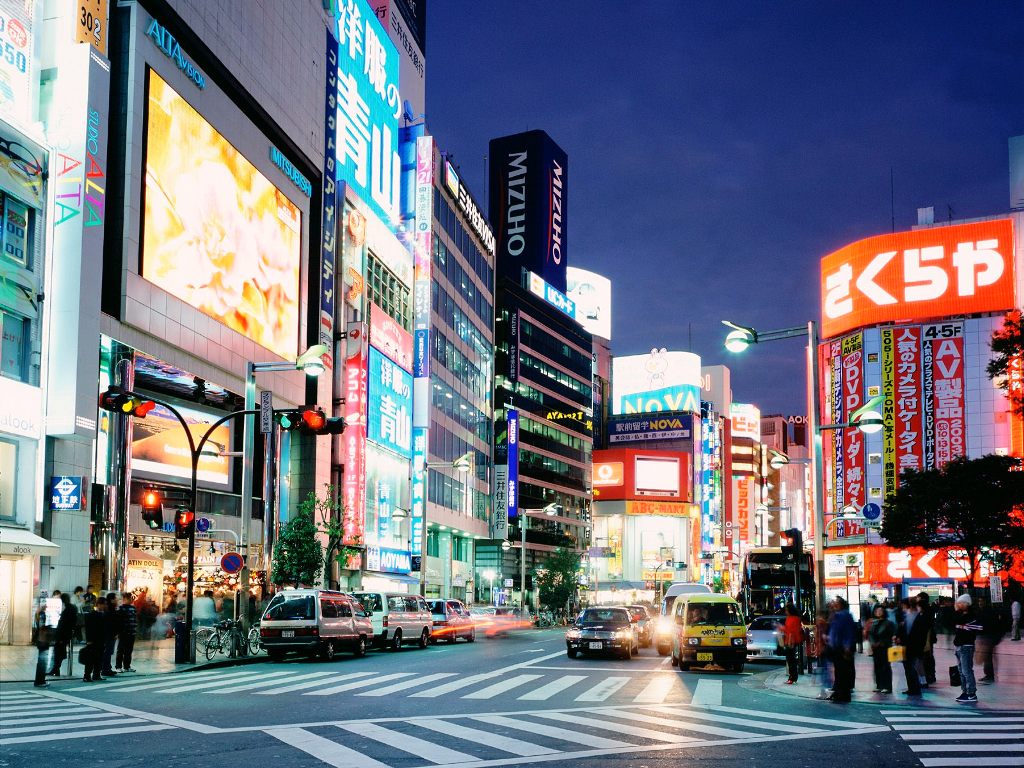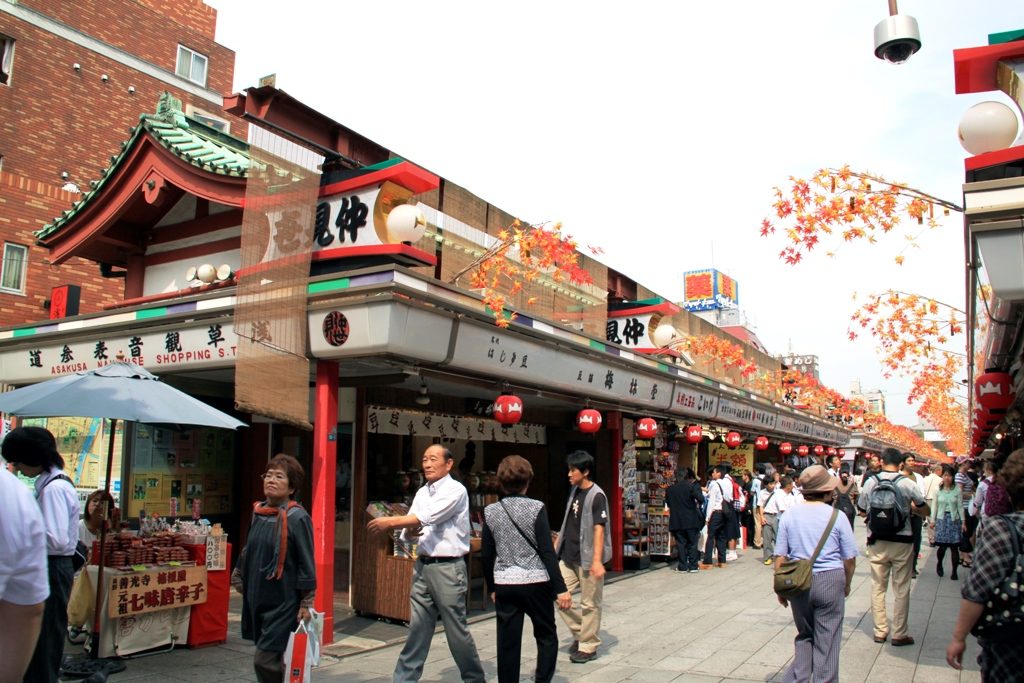Physical Address
304 North Cardinal St.
Dorchester Center, MA 02124
Physical Address
304 North Cardinal St.
Dorchester Center, MA 02124

The Japanese capital received its name in the second half of the nineteenth century ( Tōkyō – means “eastern capital”). The original name was – Edo, which has evolved over 2.5 thousand years – transforming from a fishing village, first into a shogun seat, then an emperor. Destroyed in 1923 by an earthquake and almost razed during the air raids during World War II, Tokyo was reborn even more wonderful. Now it is a multi-million metropolis called Big Tokyo.
Imagine that the Tokyo downtown is bigger than the of Krakow. Traveling from one end to the other (about 150 km) can take several hours despite a well-developed communication network (13 metro lines, inner-city rail, buses). The communication system at the beginning seems complicated, but it really makes life easier for residents and tourists.
Tokyo is an unusual city, each of the districts has its own unique character. Ginza – famous for its branded stores, Akihabara with electronic gadgets, Shinjuku is in turn a district of nightly entertainment. There are many museums in Ueno , Odaiba – it looks like a futuristic city of the future, and Asakusa – is perfect to get acquainted with Japanese tradition.
Visiting is worth starting with the center, where the Emperor’s Palace, surrounded by a moat, bastions and gardens with an area of four and a half times bigger than the Warsaw’s Łazienki park, stands in the place of the Edo castle (Szoguna headquarters) . The garden is widely available, while the grounds behind the Inner Gate only open twice a year: on the birthday of the emperor (December 23) and on January 2 (Japanese New Year). On other days, we can get there after applying to the Imperial House Office (this can also be done online).
At the foot of the imperial residence there is no dense old town. The historical district was once Shitamachi – literally a “low city” – a district created in the 18th century. for the shogun for the populace. Her model can be seen in the Edo-Tokyo City Museum.

The heart of Shitamachi is Asakusa – where you can admire the rebuilt old Buddhist temple Senso-ji (called Asakusa Kannon) and the five-story pagoda. Narrow, winding streets and wooden houses and numerous stalls give the impression that nothing has changed here for centuries. In the eastern part of Asakusa, stands the 15th-century shinto temple – Hie Jinja (it was moved here from the castle of the shoguns in the 17th century).
A part of the lower town was also the area of today ‘s Ueno Park , which was built in the nineteenth century on the grounds of the seventeenth-century Kan’eiji temple, after which the only remains are Goju pagoda towering over the ZOO (on the margin: specializing in panda breeding). The park is famous for a thousand of blossoming spring cherry and Shinobazu pond , in the middle of which is an island with a temple Benten-do . The Park is also built-in 1631 on the model of a temple in Kyoto – Kiyomizu-do , in which women pray for their children.
located in the Shinjuku district , the most important shinto temple in Tokyo – Meiji-Jingū Gai-en , where the relics are buried – ashes of the Emperor Meiji and the Buddhist Temple of Sengaku-ji in Minato , where 47 legendary samurai were buried along with Mr. Asano Naganori.
When visiting the holy temples, you can buy Goshuinchō and collect entries from the places you visit. Among the modern buildings, many small pearls of traditional architecture have been lost.
The symbol of modernity of Tokyo is the architecture of steel and glass. It is represented by m.in .: Rainbow Bridge ( Rainbow Bridge ), Center Telecom, Fuji TV Building, Exhibition Center “Big Sight”, Tokyo Dome , and a 333-foot sister of the Eiffel Tower – Tower Tokyo , from where you can see the city a height of 250m.
If we are not interested in visiting monuments, Tokyo offers all the entertainment that you can come up with. From theaters, nightclubs, thousands of different stores and popular game salons called Patchinko, to peculiar places where you can, such as, cuddle up to fur animals or dress up as a manga character and go out onto the street.
I recommend that you look at the local fair and festival – such as, the well-known Ameyoko variety market and the world’s largest fish market Tsukiji , where the names of some creatures do not even have an equivalent in Polish. Needless to say, the foodies of Japanese cuisine will find themselves in sushi-paradise. You must also try the most expensive beef in the world – Kobe and Wagyu.
And one more important thing – being in Tokyo, let us remember about the dissimilarity of Japanese culture and basic principles:
Let us respect the customs of the Land of the Rising Sun and see you in Tokyo. Sayonara.